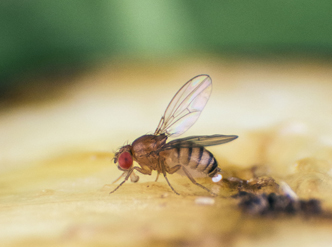
Supporting African science: the role of fruit flies
September 18, 2017 | Issue 41Not only is the fruit fly a valuable model organism, but it is also helping to put Africa on the scientific world map.


Not only is the fruit fly a valuable model organism, but it is also helping to put Africa on the scientific world map.

A unique experiment tracks microbes changing over thousands of generations – so we can watch evolution on fast-forward.
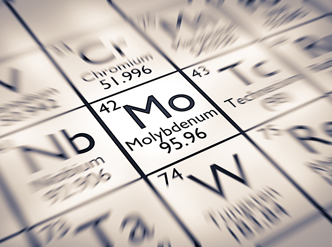
From samurai swords to healthy tomato plants, this little-known element has wider uses than you might expect.

Science in School is published by EIROforum, a collaboration between eight of Europe’s largest inter-governmental scientific research organisations (EIROs). This article reviews some of the latest news from the EIROs.
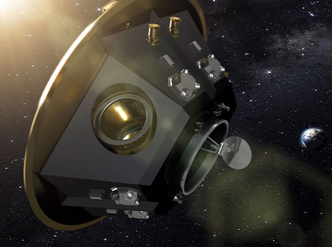
Gravitational waves were predicted by Einstein – but where do they come from, and what different types might there be out in the cosmos?
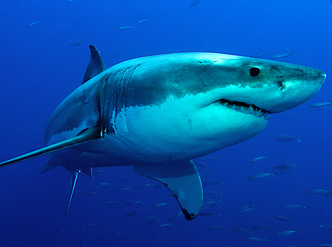
Shark skin is adapted for energy-efficient swimming in remarkable ways, some of which are now being copied by designers and engineers.

The same molecule that keeps mighty trees standing also led to the first multicellular life forms – and can even be used to make sweet treats.

What are the links between science and art? There might be more than you think.

Create a particle accelerator using a Van de Graaff generator, a ping-pong ball and a salad bowl to understand how it is used to study matter at the smallest scale.
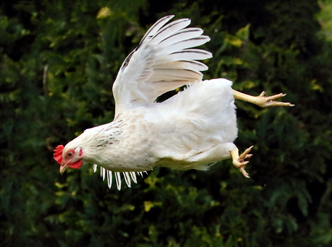
Dissect a chicken from the supermarket to discover the unusual pulley system that enables birds to fly.

Using a simple calculation, measure the distance between Earth and the Moon with the help of a local amateur radio station.

The new academic year is in full swing. You have welcomed back your students and familiarised yourself with new faces. Now we would like to welcome you back with this issue of Science in School – and to say hello to new subscribers who have joined us over the summer.